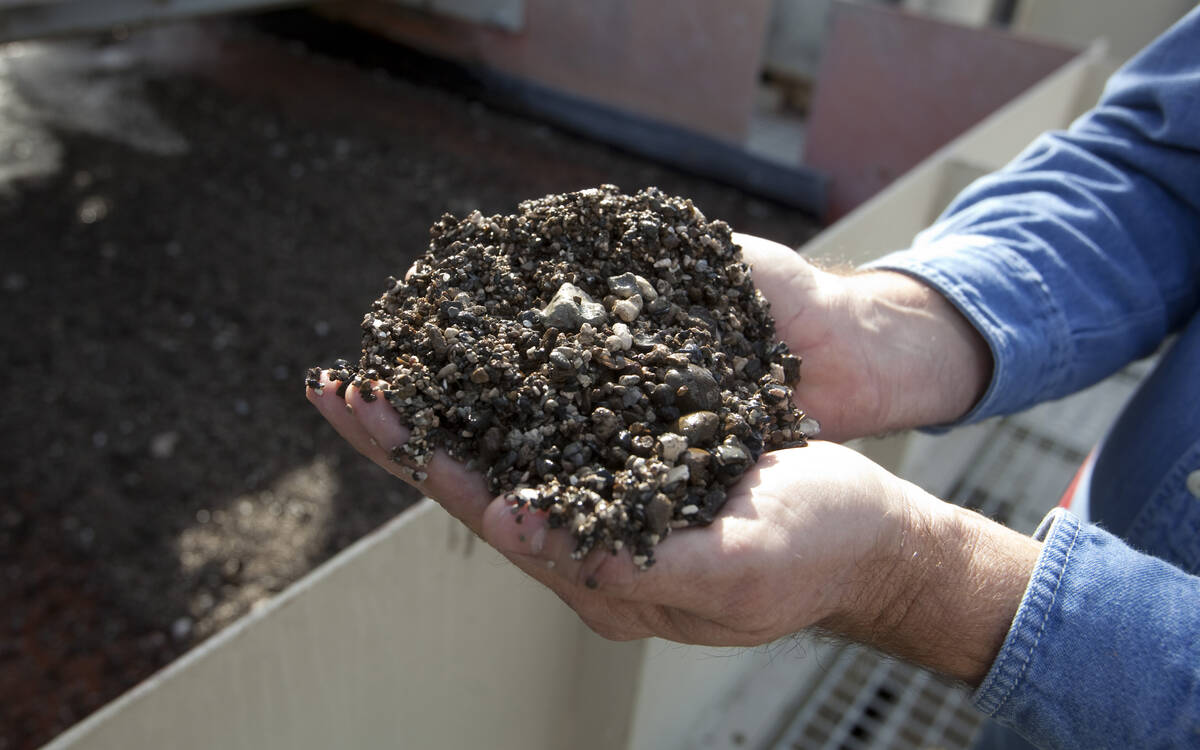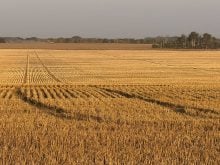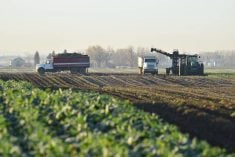Doug Miller said he could have used a secretary the day he posted his hay for sale on Alberta Agriculture’s hay listing website.
“I almost had to shut my phone off,” said Miller of Didsbury, Alta.
He quickly sold about 400 large square bales and 10,000 small square hay bales and he could have sold 10 times that amount to livestock producers looking for feed.
“I feel so bad for those people,” said Miller, who grows hay for export to horse owners in Japan and Florida.
Read Also

Phosphate prices to remain high
Phosphate prices are expected to remain elevated, according to Mosaic’s president.
“I could have put the price up a lot, but I feel for them and maybe they can help us next time,” said Miller.
John Arndt of Barrhead said he also received a lot of calls for his mixed grass hay from last year.
“They were starting to look and wanted to secure something before the big panic hits,” said Arndt, who was ready to cut this year’s hay crop.
Below normal
Arndt expects to get half his normal hay crop even though his land has only received eight millimetres of rain. Any moisture from now on will give him a possible second cut.
Arndt said during the 1970s, freight assistance programs for moving hay helped livestock producers. During the drought of 2002, farmers needing hay struggled to pay for the trucking.
Any assistance would be a benefit to farmers.
“The freight now is coming to more than what the hay is worth.”
Freight for hauling hay can range from $4 to $5 a loaded mile.
“Freight assistance would take a lot of stress off guys buying feed.”
Peter Haase, a bison producer from Olds, Alta., found hay to buy, but is looking for more.
“The amount I find and the price will determine how many animals I keep through the winter,” said Haase, who sells his animals as meat through his Buffalo Horn Ranch.
Haase expects he will be forced to reduce his herd by one-third.
“Our business is consumer direct sales. We get our profit from meat sales, not live animals.”
Haase has also found grazing at a former elk rancher’s farm for some of his yearling animals. Finding pasture for bison is difficult because they need higher and stronger fences and a stronger cattle sorting facility.
“That’s the challenge with bison, you just can’t put them anywhere.”
Still searching
Charlie Locke of Airdrie said he has had no response to his ad looking for 300 round bales of medium quality hay. He said normally he uses a lot of waste hay from the nearby export hay facilities for his feedlot, but supplies are down dramatically.
“There’s a little bit of feed around, we’re OK, but I just don’t like getting down to my last 100 bales.”
While there was good winter runoff, a cold spring and little rain have slowed the growth of hay and grass crops.
“It was slow starting and now it’s started to head out, but it’s short.”














